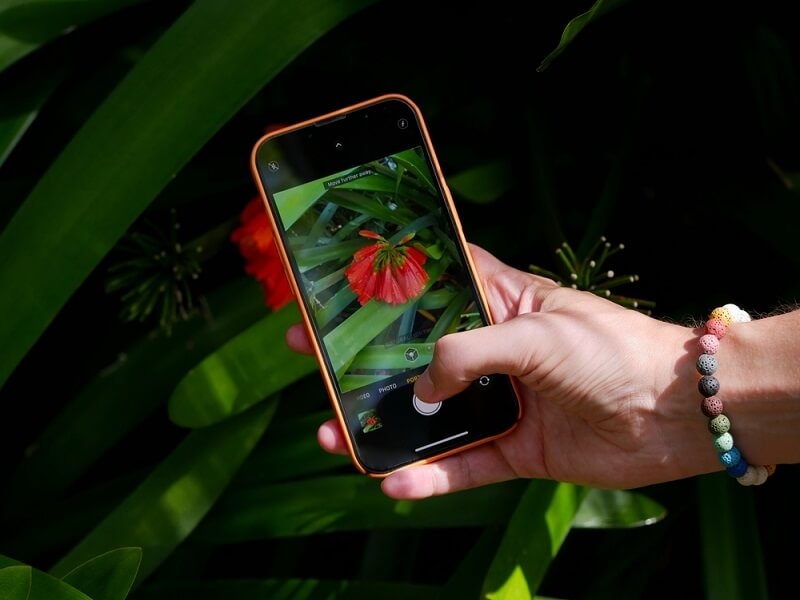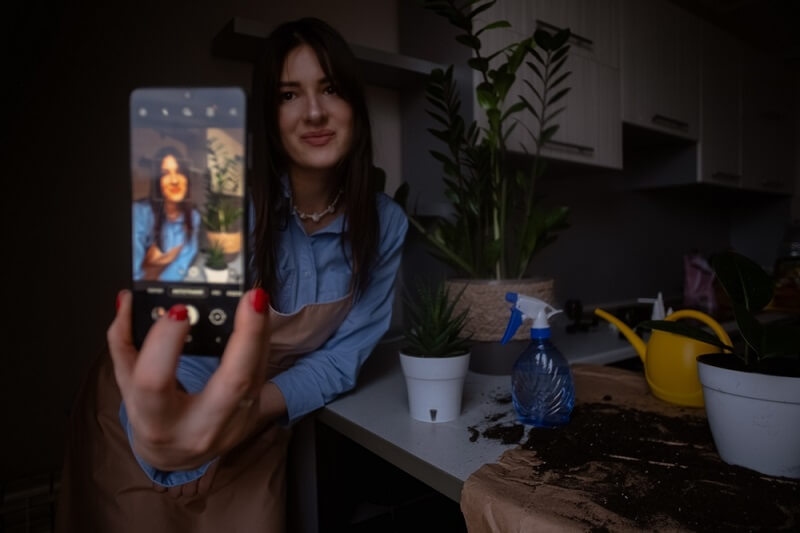
Smartphones have certainly changed what people think about photography regarding memory-making, and it’s more accessible than ever. Of course, you don't require an expensive DSLR or professional gear to make stunning pictures. You can accomplish much with a phone to shoot incredible landscapes, wise, wild candid portraits, or aesthetic shots that outpace even traditional cameras. If you're new to photography, learning just a few easy tricks can substantially elevate your photography.
This guide will help you by giving easy photography tips for beginners that can be used with a smartphone, from what to shoot to how to light your subject, to editing your photograph, and innovative ideas.
Before delving into specific tips for smartphone photography, it's helpful to understand why smartphones provide an easy launching point and a useful photography tool:
Smartphone cameras are highly refined and powerful, and can produce professional-quality images. With practice and beginner photo tips, you'll soon see significant improvements in your photos.
It may seem simple; however, this is something that many beginners miss. You already know that smartphone lenses are susceptible to dust, fingerprints, and smears from being in pockets or bags, but cleaning them is a quick fix to bring color back and take better photos. Just wipe it with a microfiber cloth, or even your shirt will do in a pinch.
Lighting is everything in photography. Natural light—in the right situations—is the most flattering for photographs, especially during the golden hours (early mornings and late afternoons), when it is softer and easier on the eyes.
Pro Tip: Don't use your flash! Flash usually makes photos flat. Move closer to a light source or change your angle for better lighting.
The rule of thirds is one of the easiest beginner photo tips we can share. As a bonus, the machine's camera settings can use grid lines. When you take photos, place the subject on or along the lines or at intersections between the lines, as this helps to create interest and balance.
For instance:
With this simple change, your photos will have instant dynamic enhancement.
Shaky hands create blurry pictures. To combat that:
If taking a night shot, resting your phone on a wall or ledge, or using timer mode will eliminate blur.
Most phones allow you to tap the screen where you want to focus. This will lock your focus on your subject, making it sharp. After concentrating, slide your finger up or down to change the exposure. This will help prevent cloudy skies from being overexposed or skin tones underexposed.
Digital zoom compromises quality. Instead of zooming in on your subject, move physically closer or crop the photo during editing. If your phone has multiple lenses, exploring your telephoto or ultra-wide options will still give you variety and, most likely, better-quality images.
Changing your shooting angle for different views can make a simple shot completely different. Check out these great smartphone photo hacks about angles:
Photography is all about seeing things we encounter daily in a different way, and perspective is the best way to do that.
Leading lines are natural paths that guide the viewer’s eyes through the photo. Roads, staircases, bridges, and rivers make perfect leading lines. This is especially effective for phone camera tips for city shots, where architecture and street designs add depth.
For instance, in Pittsburgh mobile photography, the city’s iconic bridges provide excellent leading lines that draw attention to the skyline.
While sweeping views are beautiful, don’t forget the small details:
These details tell stories and add variety to your portfolio of beginner photography ideas.

HDR (High Dynamic Range) combines multiple exposures into one photo, balancing light and dark areas. This is perfect for capturing sunsets, cityscapes, or scenes with bright skies and dark shadows. Please turn it on when shooting high-contrast scenes.
Clutter can distract from your subject. Aim for simplicity by removing unnecessary elements in the background. Minimalist photos often stand out more because they let the subject shine.
Editing is where good images become great. I love to use the free apps Snapseed, Lightroom Mobile, and VSCO. Just make these edits:
Filters do not allow you to get great photos, so avoid them. While making some adjustments is acceptable, more subtle edits provide transparency and give your images a more natural look.
Great photography encompasses more than technical skills. Great photography tells a story. Ask yourself, "What do I want the viewer to feel or understand when they see my image?"
Here are a couple of examples:
Smartphones have come a long way when it comes to dark photography! Night mode has made it easier than ever to capture low-light shots. When taking photos at night, do your best to:
Cityscapes look magical at night, and I hope these smartphone photography tips have given you the confidence to go out and shoot.
Running out of inspiration? Here are some fun beginner photography ideas to try:
Photography is as much about creativity as it is about skill.
Learning photography with your smartphone takes you on a journey filled with observation, practice, and creativity. Using the above simple smartphone photography tips for beginners, you can take your pictures from mediocre to stunning. Whether you are toying around with smartphone photography hacks for beginners, exploring beginner photography ideas, or shooting the city (like Pittsburgh mobile photography), your phone camera can do it all.
The best thing about smartphone photography is that it allows you to learn and expand your knowledge without the hassle of bulky and expensive gear. You can concentrate on composition, light, and story; you might find your style.
So, grab your phone, get outside, and photograph the world from your perspective. Every image is a chance to learn and create.
This content was created by AI